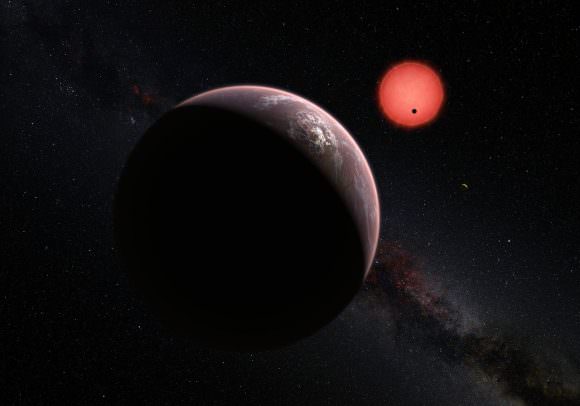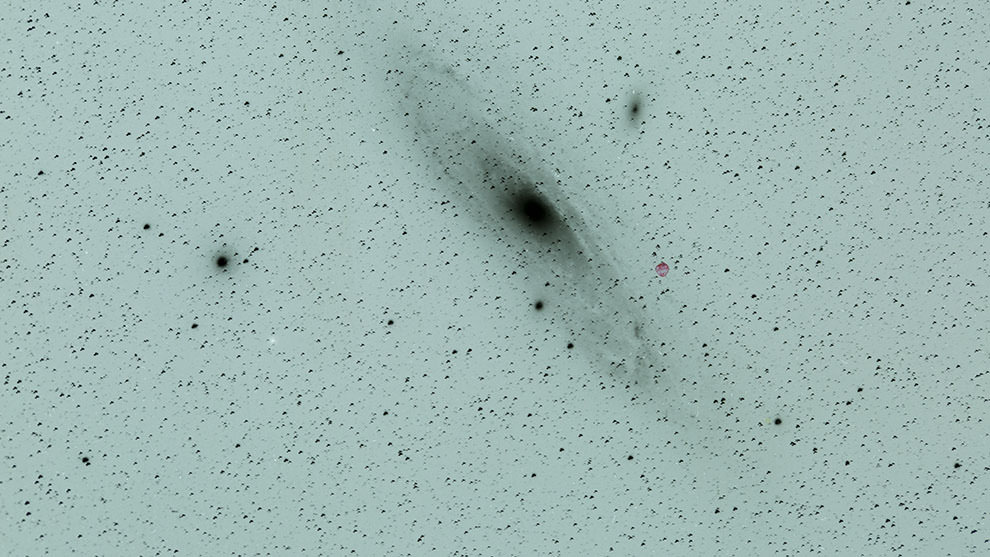In August of 2016, the European Southern Observatory announced that the nearest star to our own – Proxima Centauri – had an exoplanet. Since that time, considerable attention has been focused on this world (Proxima b) in the hopes of determining just how “Earth-like” it really is. Despite all indications of it being terrestrial and similar in mass to Earth, there are some lingering doubts about its ability to support life.
This is largely due to the fact that Proxima b orbits a red dwarf. Typically, these low mass, low temperature, slow fusion stars are not known for being as bright and warm as our Sun. However, a new study produced by researchers at the Harvard Smithsonian Center for Astrophysics (CfA) has indicated that Proxima Centauri might be more like our star than we thought.
For instance, our Sun has what is known as a “Solar Cycle“, an 11-year period in which it experiences changes in the levels of radiation it emits. This cycle is driven by changes in the Sun’s own magnetic field, and corresponds to the appearance of Sunspots on its surface. During a “solar minimum”, the Sun’s surface is clear of spots, while at a solar maximum, one hundred sunspots can appear on an area the size of 1% the Sun’s surface area.

For the sake of their research, the Harvard Smithsonian team examined Proxima Centauri over the course of several years to see if it too had a cycle. As they explain in their research paper, titled “Optical, UV, and X-Ray Evidence for a 7-Year Stellar Cycle in Proxima Centauri” they relied on several years worth optical, UV, and X-ray observations made of the star.
This included 15 years of visual data and 3 years of infrared data from the All Sky Automated Survey (ASAS), 4 years of x-ray and UV data from the Swift x-ray telescope (XRT), and 22 years worth of x-ray observations taken by the Advanced Satellite for Cosmology and Astrophysics (ASCA), the XXM-Newton mission and the Chandra X-ray Observatory.
What they found was that Proxima Centauri does indeed have a cycle that involves changes in its minimum and maximum amount of emitting radiation, which corresponds to “starspots” on its surface. As Dr. Wargelin told Universe Today via email:
“The optical/ASAS data showed a nice 7-year cycle, as well as an 83-day rotation period. When we broke down that data by year we saw the period vary from around 77 to 90 days. We interpret that as ‘differential rotation’ like that found on the Sun. The rotation rate differs at different latitudes; on the Sun it’s around 35 days at the poles and 24.5 at the equator. The “average” rotation is usually given as 27.3 days.”
In essence, Proxima Centauri has its own cycle, but one that is a lot more dramatic than our Sun’s. Besides lasting 7 years from peak to peak, it involves spots covering over 20% of its surface at one time. These spots are apparently much bigger than the ones we regularly observe on our Sun as well.
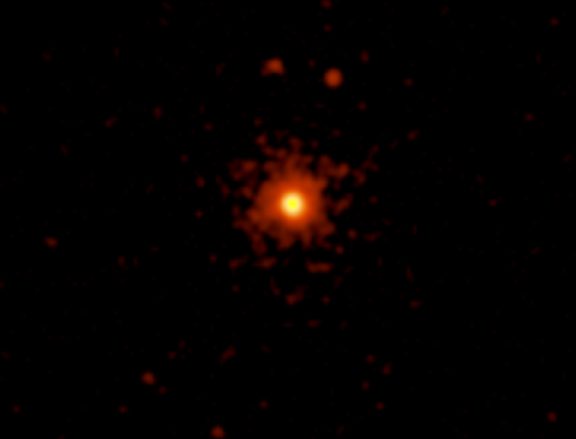
This was surprising, given that Proxima’s interior is very different from our Sun’s. Because of its low mass, the interior of Proxima Centauri is convective, where material in the core is transferred outward. In contrast, only the outer layer of our Sun undergoes convection while the core remains relatively still. This means that, unlike our Sun, energy is transferred to the surface through physical movement, and not radiative processes.
While these findings cannot tell us anything directly about whether or not Proxima b might be habitable, the existence of this solar cycle is an interesting find that might be leading in that general direction. As Dr. Wargelin explained:
“Magnetic fields are what drive high energy emission (UV and X rays) and stellar winds (like the solar wind) in solar-type and smaller stars, AND a stellar cycle (if it has one). That X-ray/UV emission and stellar wind can ionize/evaporate/strip the atmosphere of close-in planets, particularly if the planet doesn’t have a protective magnetic field of its own.
“Therefore….. a necessary but not sufficient requirement for understanding (i.e., modeling) the evolution of a planet’s atmosphere is understanding the magnetic field of the host star. If you don’t understand why a star has a cycle (and standard theory says fully convective stars like Proxima can NOT have cycles) then you don’t understand its magnetic field.”
As always, further observations and research will be necessary before we can fully understand Proxima Centauri, and whether or not any planets that orbit it could support life. But then again, we’ve only known about Proxima b for a short time, and the rate at which we are learning new things about it is quite impressive!

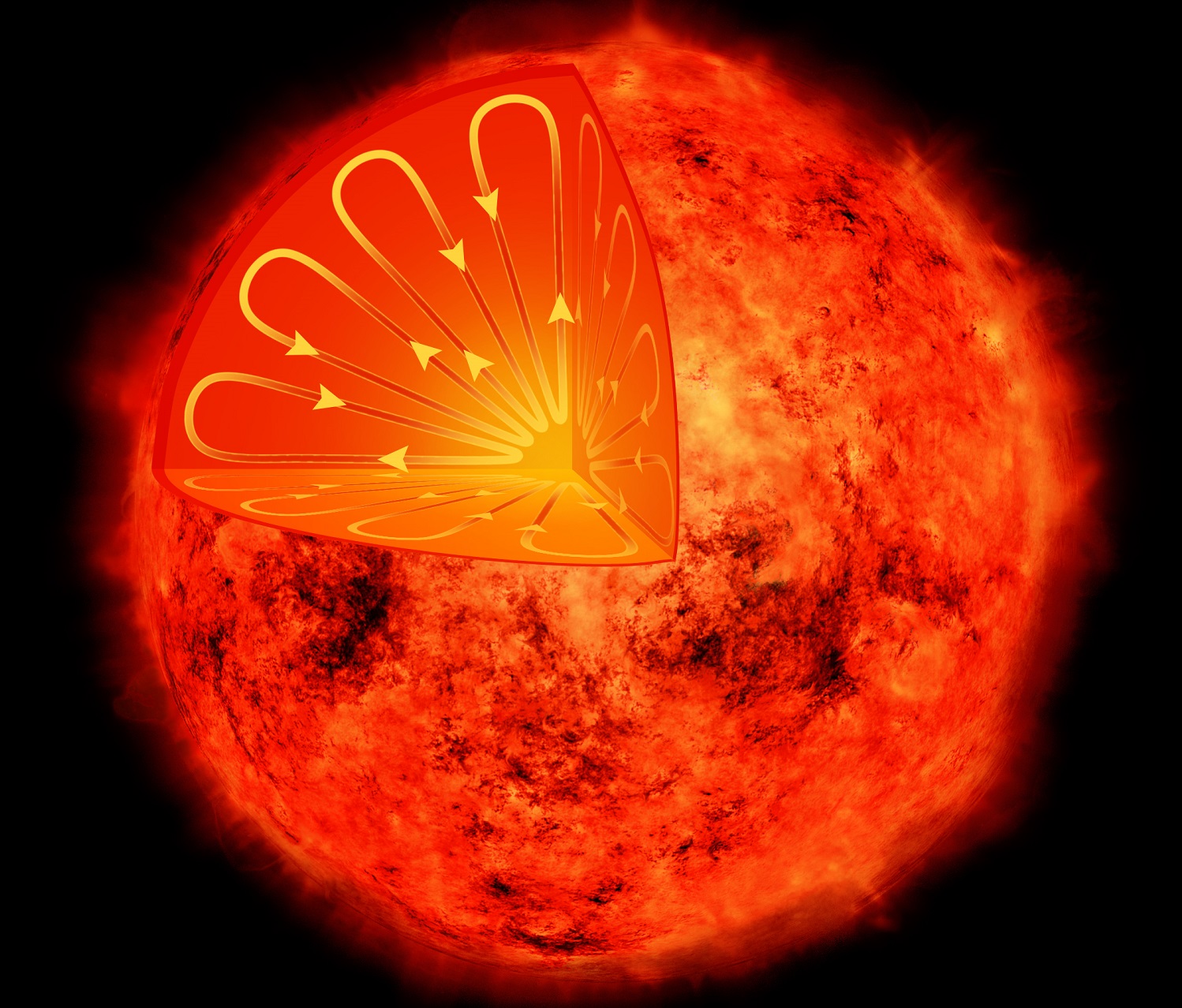
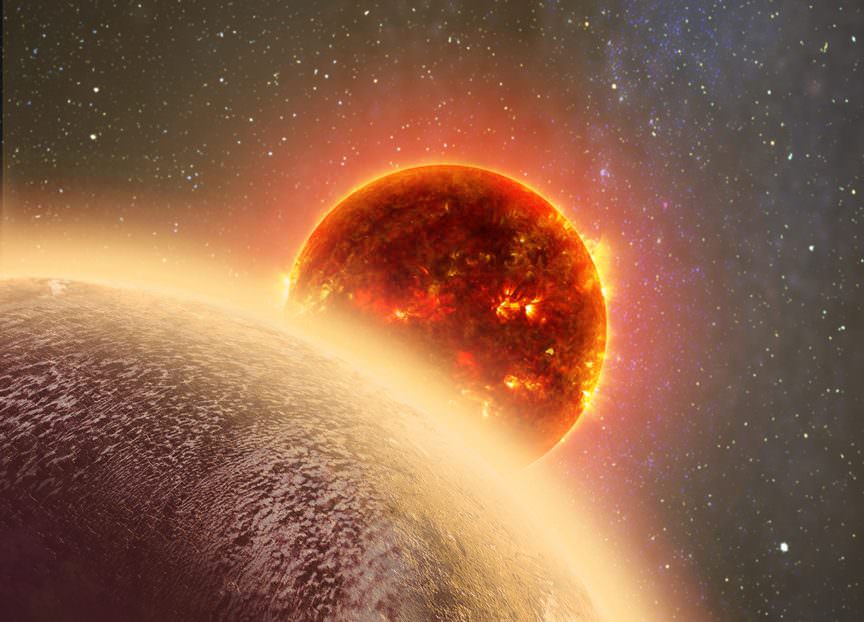

![Comparison of best-fit size of the exoplanet GJ 1132 b with the Solar System planet Earth, as reported in the Open Exoplanet Catalogue[1] as of 2015-11-14. Open Exoplanet Catalogue (2015-11-14). Retrieved on 2015-11-14. Aldaron, a.k.a. Aldaro](https://www.universetoday.com/wp-content/uploads/2016/08/Exoplanet_Comparison_GJ_1132_b-e1471628608145-580x319.png)
